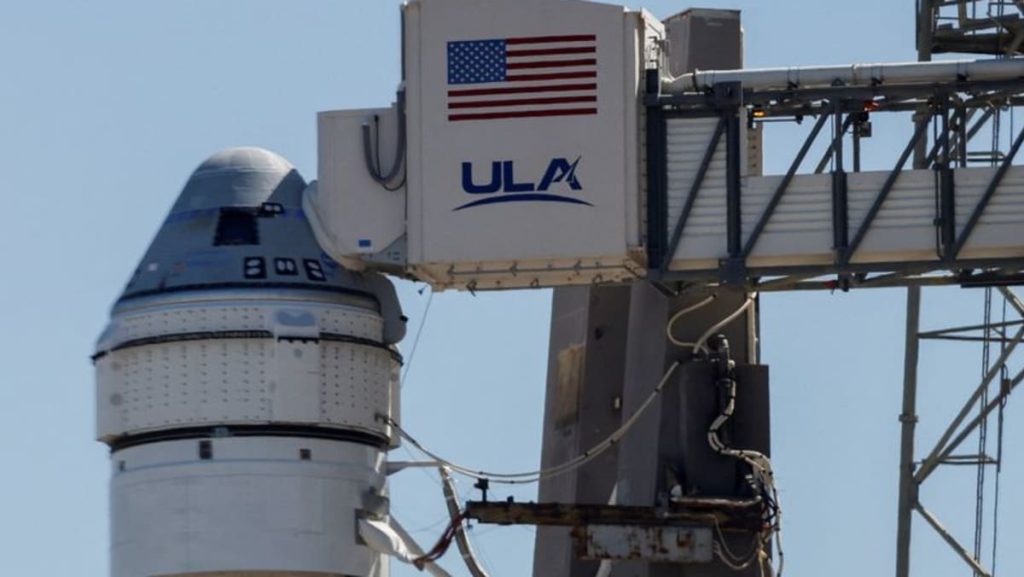Boeing recently succeeded in sending an uncrewed Starliner spacecraft to the International Space Station (ISS) after a failed attempt in 2019. The success of this mission in 2022 has paved the way for efforts to launch the first crewed test mission in the near future. However, the journey to this successful launch was not without its challenges. A May 6 countdown was halted just two hours before liftoff due to a faulty pressure valve on the Atlas upper stage, followed by weeks of further delays caused by engineering problems on the Starliner itself. Despite these setbacks, the issues were eventually resolved, allowing for a successful launch later on.
The crew for this mission consisted of NASA astronauts Barry “Butch” Wilmore, aged 61, and Sunita “Suni” Williams, aged 58. The astronauts had been strapped into their seats aboard the spacecraft for a couple of hours before launch activities were suspended on the day of the scheduled launch. Technicians were able to safely assist the astronauts out of the capsule about an hour after the flight was scrubbed. This unexpected delay highlights the intricate and precise nature of space missions, where even minor malfunctions or unusual sensor readings can lead to countdowns being halted and launches being postponed for days or weeks.
The space industry is no stranger to last-minute glitches and delays, especially when it comes to launching new spacecraft carrying humans for the first time. The safety of astronauts is always the top priority, so any issues detected during pre-launch checks must be thoroughly investigated and resolved before proceeding with the mission. In the case of the Starliner, the engineering problems that led to delays were addressed and rectified, allowing for a successful launch at a later date. These delays are a normal part of the process in ensuring that every aspect of the mission is in perfect working order before sending astronauts into space.
The successful launch of the uncrewed Starliner spacecraft marks a significant milestone for Boeing and NASA in their efforts to further explore space and eventually send crewed missions to the ISS and beyond. Despite the challenges faced during the lead-up to the launch, the determination and expertise of the teams involved ultimately led to a successful outcome. The data and experience gained from this mission will be invaluable in preparing for future crewed missions and advancing our understanding of space exploration. With each successful mission, the capabilities and technologies for space travel continue to improve, bringing us closer to realizing the dream of human exploration beyond Earth.
In conclusion, the recent success of the uncrewed Starliner mission demonstrates the resilience and dedication of the teams involved in space exploration. The challenges faced, including technical glitches and delays, were eventually overcome through collaboration and problem-solving. The safety and well-being of astronauts remain the top priority in every mission, and the meticulous attention to detail in pre-launch checks ensures that every aspect of the spacecraft is in perfect working order. This successful mission paves the way for future crewed missions and advances our knowledge and capabilities in space exploration. As we continue to push the boundaries of human exploration, each successful mission brings us one step closer to realizing our dreams of venturing further into the cosmos.


